Auguste Rodin: 7 Facts to Know
Considered the father of modern sculpture, Auguste Rodin introduced figures that captured the reality of the human experience. Here are seven facts to know about him.
Auguste Rodin (1840-1917) is undoubtedly one of the most important figures in the history of French sculpture. He is best known for his iconic works The Thinker and The Kiss, which explore his recurrent motifs of suffering, passion and the complexity of human relationships.
Although he was initially criticized for his unconventional style, his talent and genius were nevertheless quickly recognized. Today, he is considered the father of modern sculpture and his works are exhibited in museums and galleries around the world. Here are seven facts you might not have known about the artist.

1. He failed the sculpture test at the Beaux-Arts in Paris three times in a row
In class, Rodin spent his time scribbling in his notebooks, which prompted his parents to enroll him in 1854 at the Special School of Drawing and Mathematics in Paris (known as the Petite École, now known as the National School of Decorative Arts) where he met Alphonse Legros. However, his vocation as a sculptor was fully revealed the day he entered a classroom where the students were kneading clay. In 1855, he studied sculpture under Antoine-Louis Barye, then Albert-Ernest Carrier-Belleuse. In 1857, he attempted the entrance exam for the school of fine arts. He passed the drawing test, but failed the sculpture test three times in a row, notably because his style did not respond to the Neoclassical traditions of the time.
Related: 10 Famous Sculptures in Art History

Related: Master of Sculpture: Albert-Ernest Carrier-Belleuse
2. He briefly was a monk
After the death of his sister Maria in 1862, Rodin went through a spiritual crisis and entered the novitiate of the Congregation of the Blessed Sacrament in Paris on December 8 of that year. He took the name of Brother Augustin. However, the founder of the congregation, Father Eymard, quickly realized that Rodin was not made for monastic life. Father Eymard therefore convinced him to leave the congregation and pursue an artistic path, which he did in May 1863.
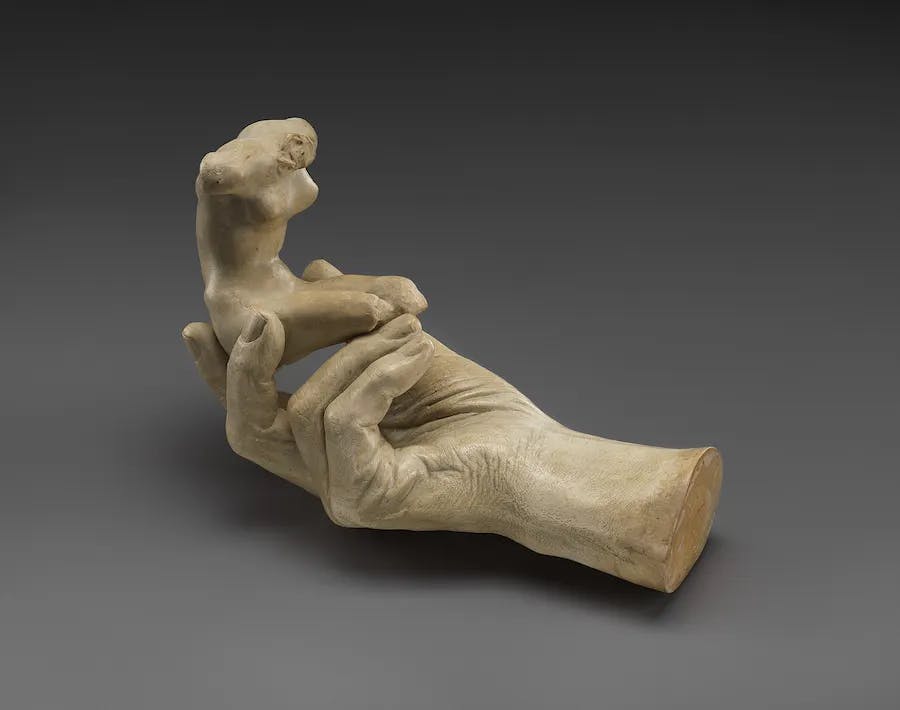
3. Rodin went on a traditional Grand Tour
In 1875, Rodin realized his dream of being an artist and undertook his Grand Tour for inspiration. The Grand Tour was a long journey throughout Europe taken by young men from the highest classes of European and American society in the 18th and 19th centuries. Rodin went to Italy and discovered the country's artistic treasures. He was particularly interested in Michelangelo, who became his greatest source of inspiration. He especially was intrigued by Michelangelo's work in marble and technique of non finito, works that were carved out of a block of marble that remains unfinished.
Related: The 5 Most Important Sculptures in Italy
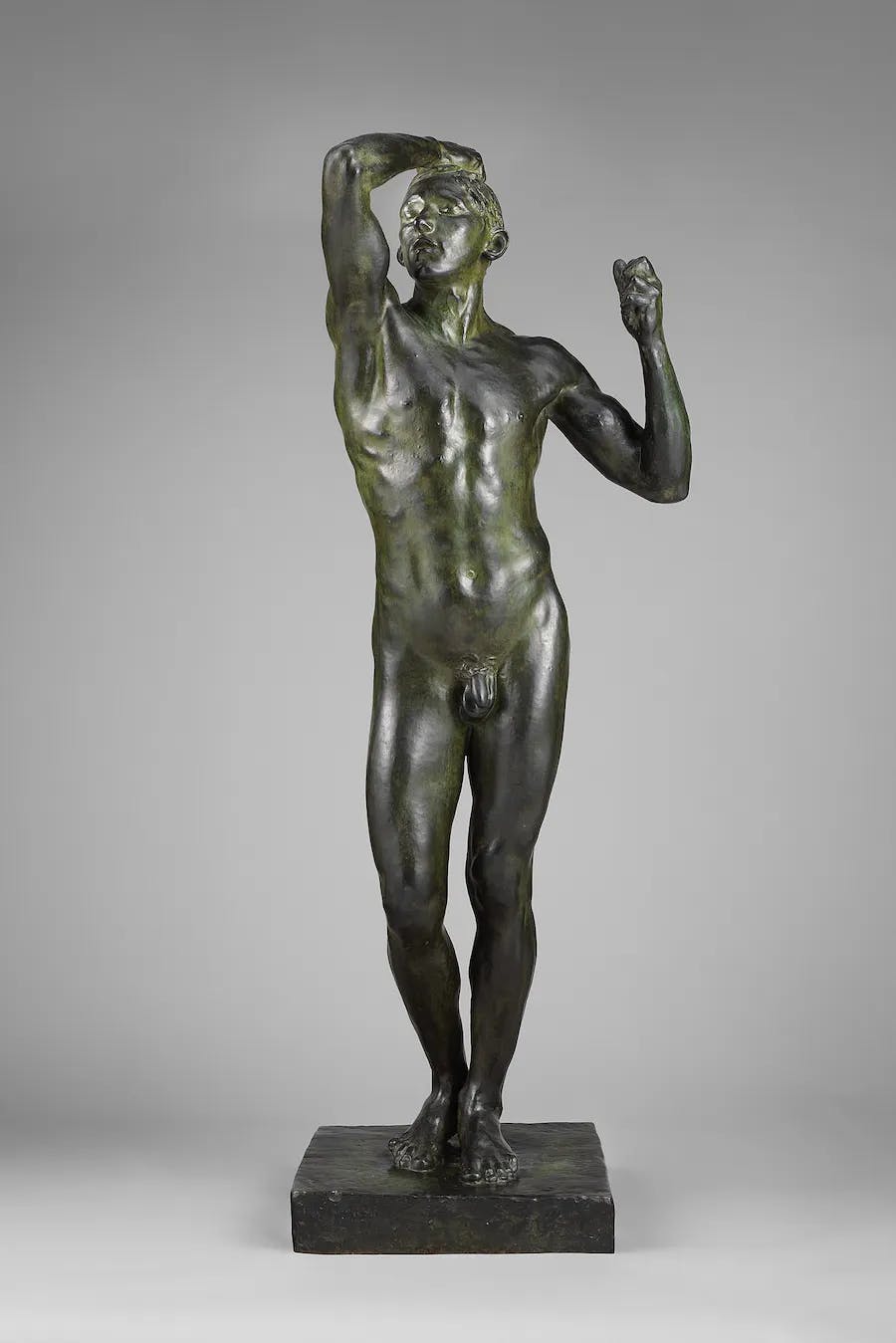
4. He was accused of life casting
In 1877, when he was 37 and back in Paris, he produced his first major work, L'Âge d'airain (The Bronze Age), which would finally propel him to the forefront of the Parisian artistic scene. The statue is a life-size plaster sculpture of a young man, but it was so lifelike that he was quickly accused of having made a life-cast of his subject. Despite the criticism, commissions abounded for busts of high society figures. In 1878, to respond to his detractors, Rodin created Saint John the Baptist, a larger-than-life sculpture to definitively prove that he did not resort to life casting.
Related: Top 8: The Art of the Kiss
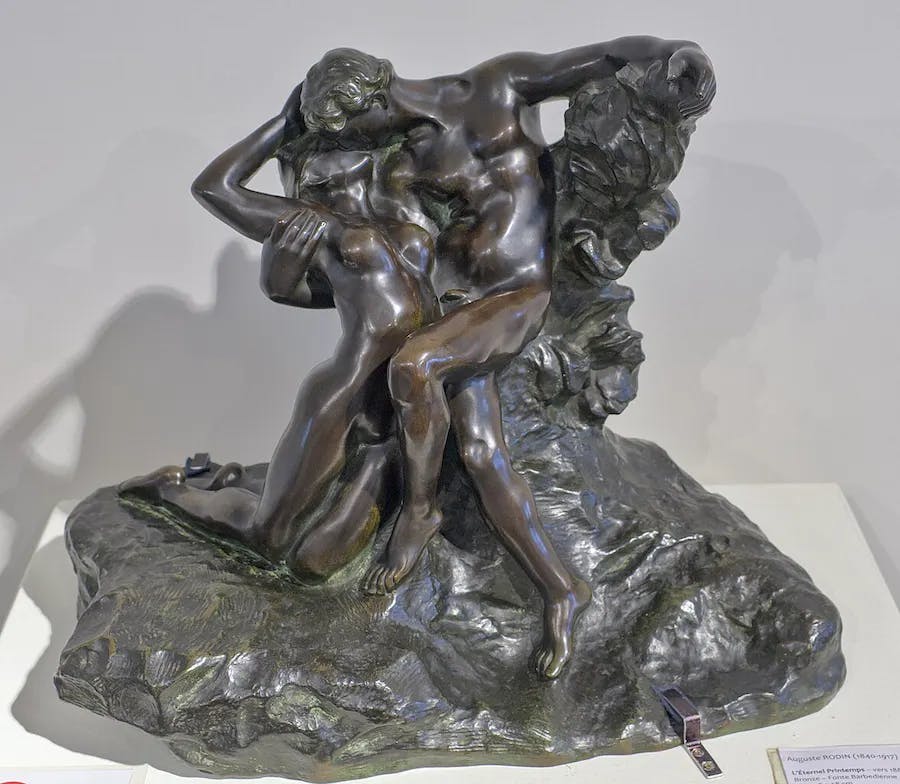
5. Rodin's relationships caused a lot of drama
While his tumultuous relationship with the sculptor Camille Claudel is well known, she was certainly not the only important woman in Rodin's life. He met Claudel in 1882 when he became a teacher to a group of young female sculptors and in 1884, she became his model and lover. She posed for Rodin's Torse de femme, Mon Frère and L'Aurore, among others. This passionate relationship lasted between 10 and 15 years and was a prolific artistic period for Rodin, who produced The Eternal Spring in 1884 and The Farewell in 1892. However, he always refused to marry her.
Related: 6 Female Artists and the Male Muses Who Inspired Them
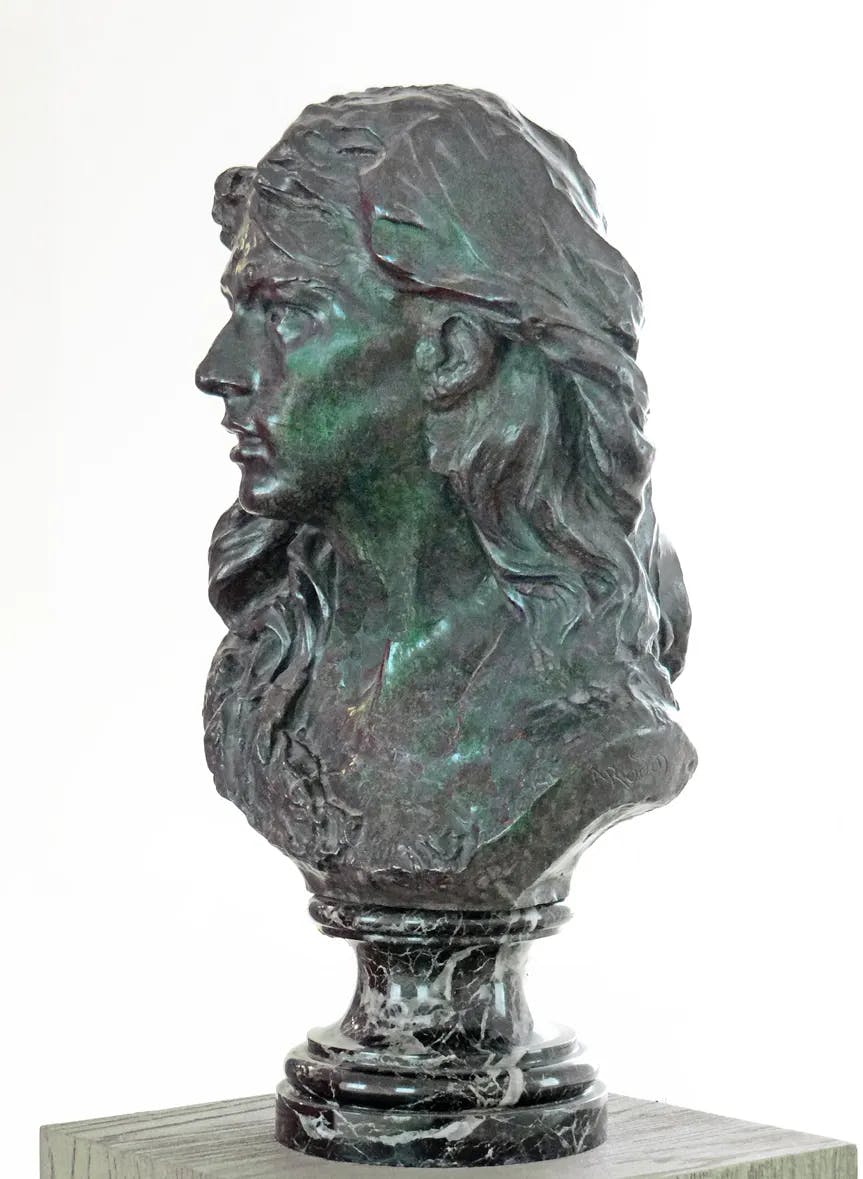
What is less known is that he shared 53 years of his life with Rose Beuret, whom he met in 1864 when Rose was 20 years old, illiterate and a model. He would have a son with her in 1866, but he would never recognize him (he apparently also had two children with Camille Claudel, whom he did not recognize either). He lived with Rose and they moved to Meudon, France together. On January 29, 1917, Rodin, aged 77, married Rose Beuret. She died of pneumonia on February 14, 1917, at age 73. Rodin died on November 17, 1917. Throughout his life, Rodin had many lovers, including Gwendolen Mary John and the Duchess of Choiseul.
Would you like to receive our articles by email? Subscribe to our free newsletter!
6. He ensured his legacy
In 1893, Rodin's assistant Henri Lebossé presented Rodin with a mechanical system for enlarging or reducing sculptures, which allowed the sculptor to produce his works at different scales and in series. Rodin also made the molds of his sculptures available to his museum (the Rodin Museum in Paris), so that he could continue to preserve his reproduction rights and his artistic integrity. Additionally, he also created replicas of his signature, providing the opportunity for others to reproduce his works after his passing, a way of perpetuating his artistic legacy.
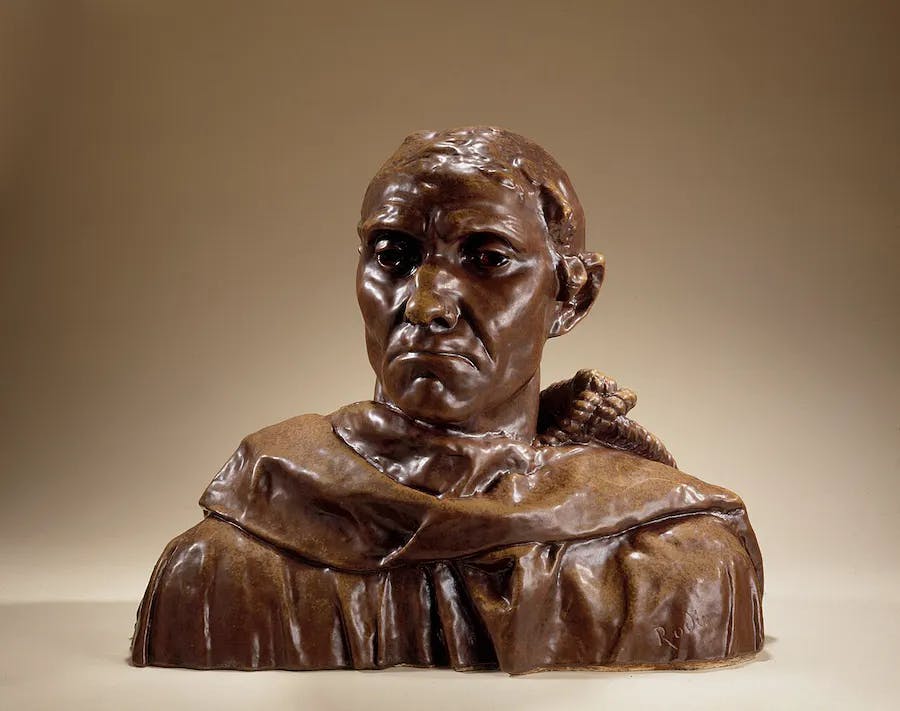
7. 50 of his works were destroyed on September 11, 2001
More than fifty works by Rodin were present in the World Trade Center in New York when it was destroyed in the terrorist attacks of September 11, 2001. During the search and rescue operations carried out after the attacks, three bronze sculptures were recovered from the rubble, but they were badly damaged. Among these sculptures are The Bust of Jean d'Aire (a preparatory work for The Burghers of Calais), The Three Shadows and a small bronze version of the famous Thinker. Other works by Calder and Miró were also in the Twin Towers.


